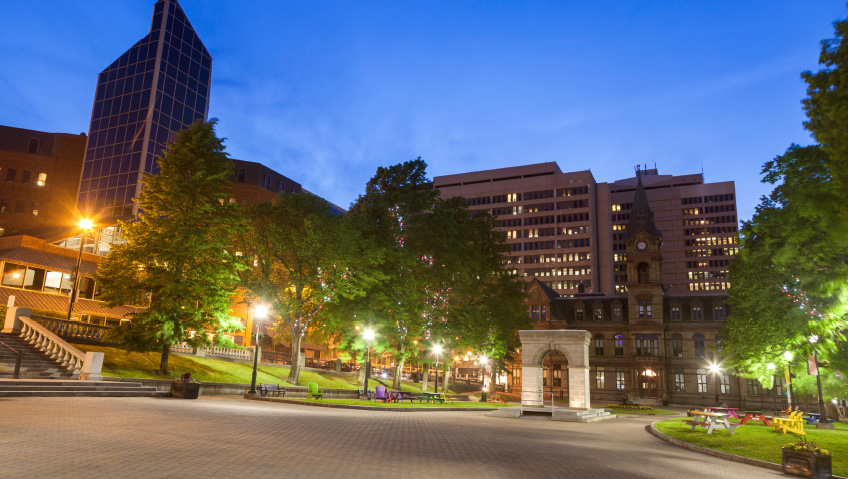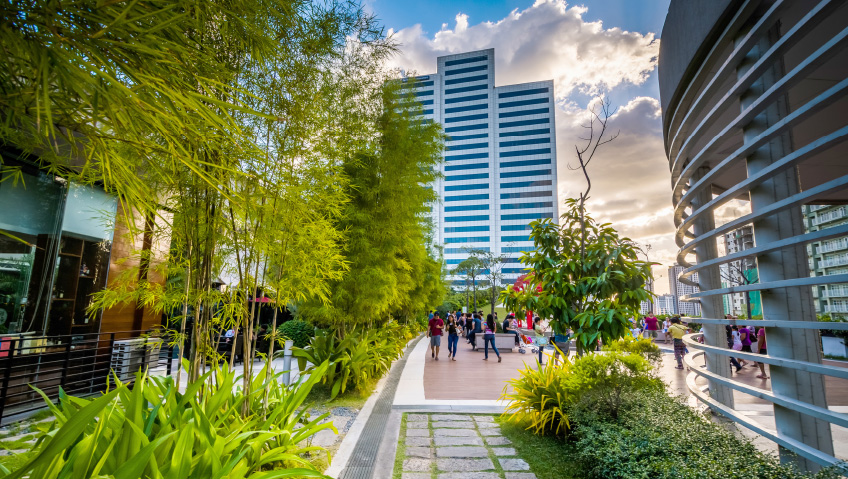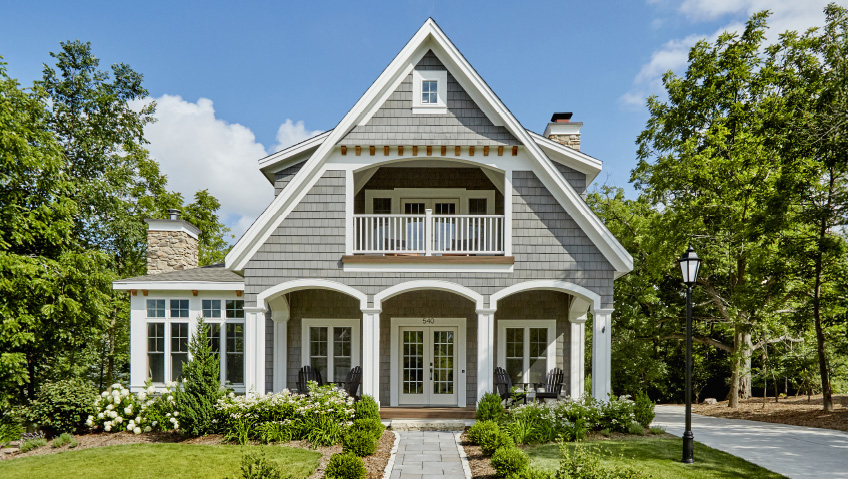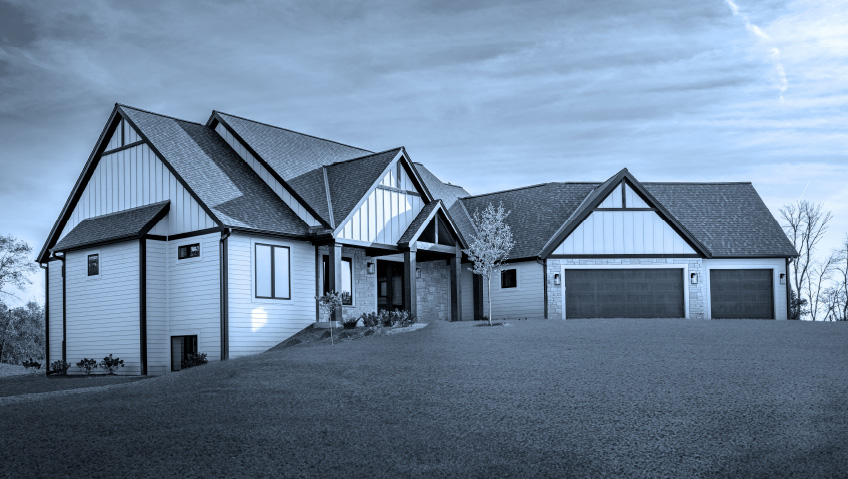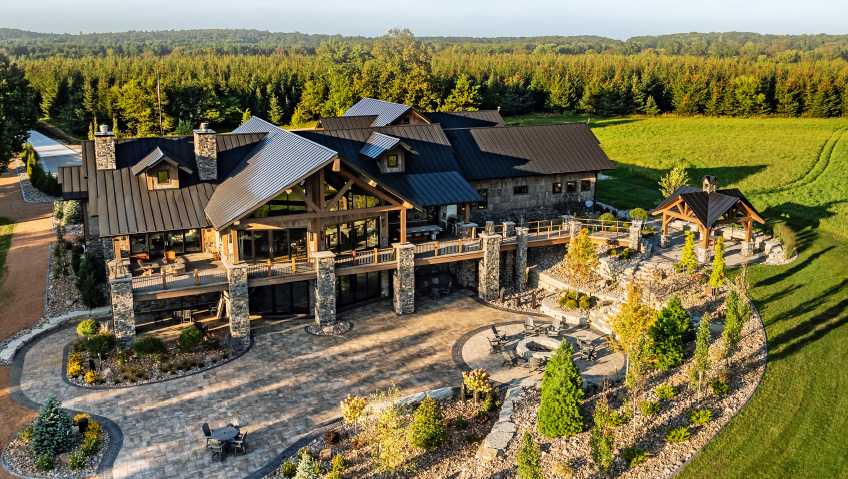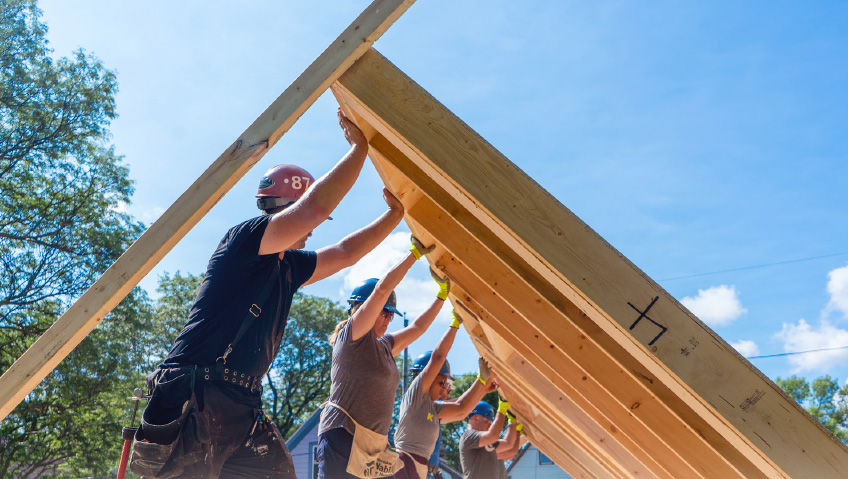Across Canada and around the world, downtown cores and town squares have served as the symbolic and practical heart of urban life for centuries. These central gathering places were designed to facilitate commerce, community, and civic engagement. From Halifax’s Grand Parade to Victoria’s Centennial Square, these spaces weren’t just shaped by physical infrastructure; they were defined by human interaction, cultural life, and a sense of place.
But over the past 50 years, the role of downtowns has been repeatedly challenged by the rise of suburban development, the dominance of car culture, and the rapid expansion of large-scale retail. Now, in a post-COVID era marked by digital convenience and renewed interest in local living, the question resurfaces: do downtowns and central gathering spaces still have a place in our cities, and if so, how can we design them to thrive?
Historically, Canadian town squares drew inspiration from British and European models. They were often the site of local government buildings, churches, farmers markets, and monuments. These were not spaces to pass through, but spaces to gather. Designed with human scale in mind, they encouraged walking, social interaction, and small-scale commerce. The Grand Parade in Halifax, laid out in 1749, was one of Canada’s earliest public spaces, while Kingston’s Springer Market Square has served as a civic and commercial centre for nearly two centuries. These areas were walkable by necessity, with compact grids, mixed-use buildings, and accessible public institutions within close reach.
In early urban planning, aesthetics and practicality were intertwined. Streetscapes were designed with attention to proportion and material. Stone and brick buildings framed public plazas and the integration of civic buildings, such as courthouses or city halls, added dignity and permanence. The quality of the built environment communicated the values of the community.
The post-World War II era saw a dramatic transformation of Canada’s urban landscape. Fueled by economic growth, federal highway investment, and rising car ownership, planning shifted toward automobile accessibility. Zoning laws segregated commercial, residential, and industrial uses, leading to low-density development patterns that favoured malls, parking lots, and freeways over traditional, walkable cores.
In the 1980s and 1990s, big box stores and power centres proliferated on the outskirts of towns and cities. Developers were incentivized to build large retail complexes where land was cheap and infrastructure subsidies supported expansion. Downtown storefronts, meanwhile, struggled to compete. Anchor tenants relocated to suburban centres, foot traffic decreased, and many small businesses shuttered. The economics of land use also changed. Property taxes and insurance costs in downtowns often exceeded those in suburban commercial zones, further disadvantaging legacy business districts.
From a construction and planning perspective, this era was marked by a pivot away from human-centred design. Road widths increased, sidewalks narrowed, and building frontages were set back behind parking lots rather than engaging with the street. Infrastructure investments prioritized vehicular throughput rather than livability. Public spaces deteriorated or were lost altogether.
This shift wasn’t just aesthetic or nostalgic; it had significant economic and social consequences. As downtowns declined, so did community cohesion, civic pride, and local economic resilience. Where once the town square had provided a shared experience, suburban design increasingly privatized public life, moving it behind car doors and shopping silos.
The COVID-19 pandemic marked another major disruption in the way people interacted with cities. Lockdowns and health concerns forced people to stay closer to home, reducing long commutes and prompting many to rediscover their local parks, sidewalks, and neighbourhoods. The explosion of e-commerce and home delivery services decoupled retail convenience from physical location. In many cases, this worked against large-scale commercial developments that relied on car traffic. At the same time, the emotional and psychological toll of isolation underscored the value of physical community spaces.
Downtown areas, once dismissed as outdated or inefficient, began to show their value anew. Their compactness, mixed uses, and existing infrastructure made them ripe for reactivation. Restaurants pivoted to patios and street dining; vacant storefronts hosted pop-up markets; and municipal governments experimented with car-free zones and “open streets” initiatives. These were not just temporary adaptations; they were signals of a larger reawakening in urban thinking.
Crucially, many Canadian cities began reinvesting in their cores. Projects like the redevelopment of Winnipeg’s downtown Exchange District, the renewal of Montreal’s Quartier des Spectacles, and the pedestrian transformation of Ottawa’s Sparks Street have all sought to position the downtown as not just a commercial hub, but a cultural and social one as well.
As Canadian municipalities look to the future, a new paradigm for downtown development is emerging, one that prioritizes walkability, sustainability, and economic resilience. For city planners, the challenge lies in undoing decades of car-centric design and replacing it with infrastructure that supports a more livable, human-scale urban fabric. This means rethinking zoning laws to encourage mixed-use development where residential, commercial, and cultural uses coexist in the same area. It means investing in public transportation and cycling infrastructure so that people can access downtowns without relying on private vehicles. It also means reimagining public spaces not just as thoroughfares or vacant land, but as active, programmed areas where community life can unfold.
From a construction standpoint, this calls for strategic retrofitting of existing buildings, adaptive reuse of historic structures, and infill development that maintains architectural continuity while adding density. Brownfield redevelopment projects can help transform underused sites into thriving urban blocks, while public-private partnerships can accelerate investment and reduce risk.
An excellent example of this is the transformation of Kitchener’s city centre, which saw the conversion of former industrial lands into a tech hub anchored by companies like Google and supported by investments in light rail, walkable streets, and residential development. Similarly, Calgary’s East Village has undergone a remarkable rebirth through master planning, infrastructure renewal, and public art installations that reinvigorate the urban core.
While aesthetics and livability are critical, the revival of downtowns also depends on sound business strategy. Small, independent businesses are often the lifeblood of successful downtowns. They offer unique experiences that can’t be replicated in big box environments, and they contribute to a diversified local economy. However, they also face high costs, tight margins, and stiff competition.
Municipalities can support downtown business ecosystems by providing grants, tax incentives, and flexible regulations that encourage entrepreneurship and adaptive reuse. Business Improvement Areas (BIAs), which pool resources from local merchants to fund beautification, marketing, and events, have proven effective across Canada, from Toronto’s Queen Street West to Vancouver’s Mount Pleasant.
But beyond policy, the long-term viability of downtown businesses depends on creating an environment that attracts people. Walkability, safety, cleanliness, and a mix of uses are all essential. Daytime workers, evening diners, weekend shoppers, and tourists alike must all find reasons to come downtown and to stay.
Successful downtowns offer more than retail; they provide culture, connection, and a sense of discovery. Farmers markets, art festivals, food truck rallies, live music events, and holiday celebrations can transform a simple plaza into a dynamic public realm. These experiences help forge emotional connections with place, turning occasional visitors into loyal patrons and residents.
At their best, downtowns are more than business districts; they are the physical expression of a community’s identity and aspirations. They showcase its history, its culture, and its values. They are where parades march, protests gather, and strangers become neighbours. That’s why aesthetics matter. Architecture, public art, landscaping, and street furniture all contribute to how a space is perceived and used.
Canadian cities are increasingly recognizing that investment in placemaking is not frivolous, but foundational. A well-designed downtown invites participation, supports mental health, reduces social isolation, and builds social capital. It reflects who we are and who we hope to be.
The future of Canadian downtowns is not about nostalgia; it is about reinvention. It’s about recognizing the mistakes of car-centric planning and suburban sprawl and choosing a different path—one rooted in accessibility, community, and sustainability. Construction, city planning, and business development all have a role to play in this transformation. It requires bold vision, long-term investment, and public engagement. But the rewards are substantial. A vibrant downtown is not just a gathering place; it’s a living engine of economic, social, and cultural vitality.
As we emerge from the disruptions of the past decade, there is an opportunity to re-centre urban life around the human experience. If we seize it, downtowns across Canada could once again become the places where people meet, belong, and thrive.

